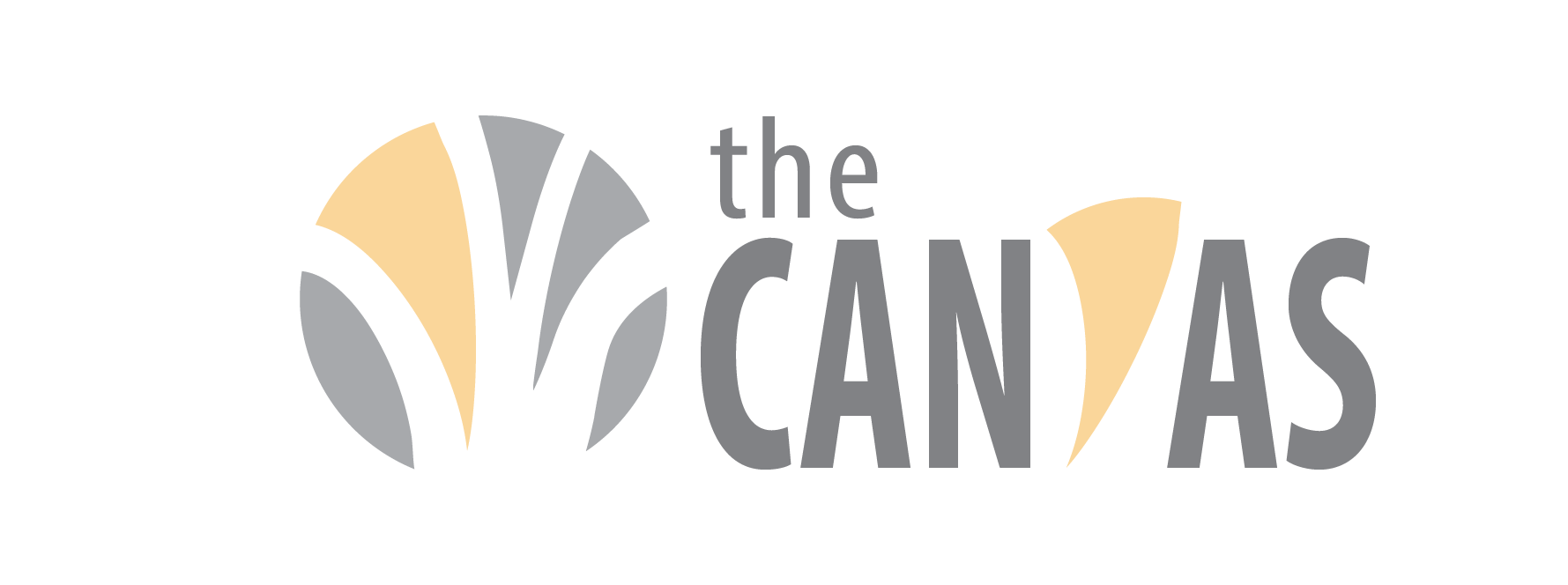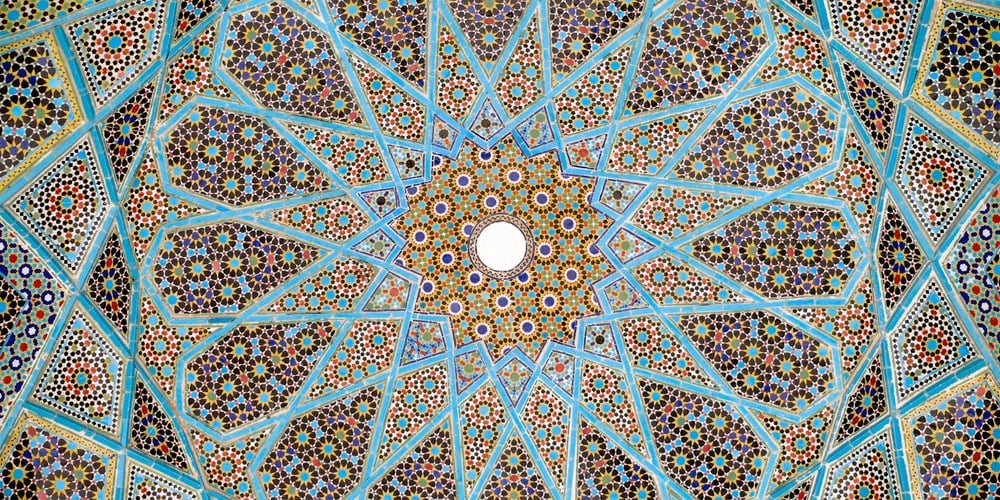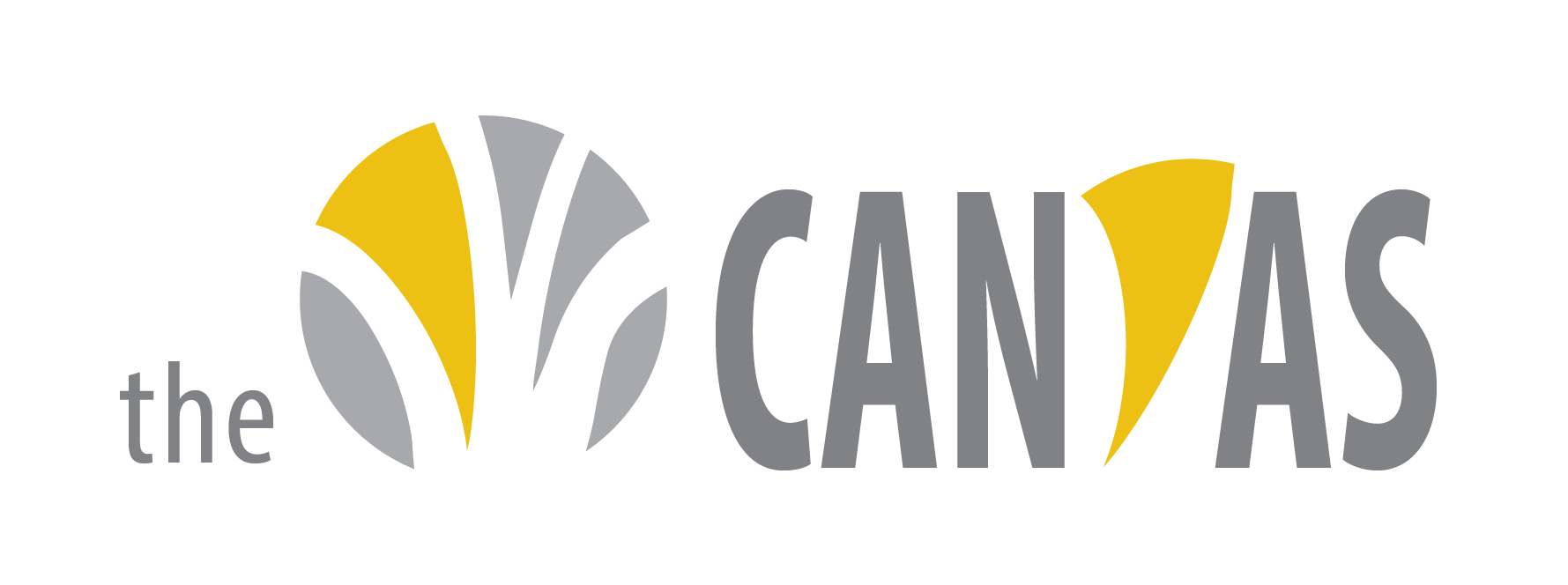Passover is a time of joy. As Rabbi Nachman of Bratslav says, “When the mind is linked to joy, it is taken out of bondage and becomes free.” In my family, we sing, drum, fill Miriam’s well of living water beside Elijah’s cup of wine, take turns walking through two shimmering blue walls of water as everyone sings Wade in the Water or Yismechu Hashamayim, and end by dancing on dry land.
Passover is also a time of deep reflection on oppression, justice, mercy, the enslaved, liberation, freedom, refugees, all those who hunger for food, shelter, and justice, and the oft-repeated commandment “Befriend the stranger; for you were strangers in the land of Egypt.” (Dt. 10:19) I am grateful every year for this ritual of remembering and reflecting, but especially this year, given the turbulence in the U.S., Gaza, Israel, and elsewhere.
In my family, we invite that reflection in many ways. Here are just a few.
 Before we begin the maggid, the telling, we remind ourselves that ours is not a triumphalist, us/them, or othering story but a profoundly theological telling that invites us to a complex view of Jewish life and all human life. “In the beginning our ancestors served idols,” we say. “My ancestor was a wandering Aramean,” we add, recalling a man whom tradition identifies as Laban, who tried to get rid of his own son-in-law, Jacob. “We were slaves but now we’re free,” we chant, yes, but it is not only the Egyptians who caused us to suffer, we are reminded. We, too, have gone astray and acted unjustly, misused our freedom, before, during, and after our liberation from Egypt. Our telling is one of hope and thankfulness, not righteousness and purity.
Before we begin the maggid, the telling, we remind ourselves that ours is not a triumphalist, us/them, or othering story but a profoundly theological telling that invites us to a complex view of Jewish life and all human life. “In the beginning our ancestors served idols,” we say. “My ancestor was a wandering Aramean,” we add, recalling a man whom tradition identifies as Laban, who tried to get rid of his own son-in-law, Jacob. “We were slaves but now we’re free,” we chant, yes, but it is not only the Egyptians who caused us to suffer, we are reminded. We, too, have gone astray and acted unjustly, misused our freedom, before, during, and after our liberation from Egypt. Our telling is one of hope and thankfulness, not righteousness and purity.
At the start of the maggid, following a custom of Rav Huna (3rd century CE), a man familiar with poverty, we stand by the open door of our house as we sing “This is the bread of affliction…Let all who are hungry come and eat.” It is our pledge that we will welcome the stranger in need.
During the telling, we follow a Sephardic custom of wrapping a piece of matzoh—the bread of affliction and the bread of the journey to freedom, a symbol of hope and trust that our struggles, our bitterness, our constricted hearts and imaginations, our terror will be transformed into abundant life—in a napkin, throwing it over our shoulder, and walking around the room.
 “Where are you coming from?” someone asks. “From Egypt, The Narrow Place!” we reply. As we walk, we each reflect on what we need to leave behind. What values, attitudes, and actions are we carrying with us that we learned from our oppressors? What habits are keeping us prisoners? What have we grown accustomed to that is no longer serving us, that may cause harm to ourselves, others, and our society? What burdens do we need to lay down? As Rabbi Hanoch of Alexander said, “The real exile of Israel in Egypt was that they learned to endure it.”
“Where are you coming from?” someone asks. “From Egypt, The Narrow Place!” we reply. As we walk, we each reflect on what we need to leave behind. What values, attitudes, and actions are we carrying with us that we learned from our oppressors? What habits are keeping us prisoners? What have we grown accustomed to that is no longer serving us, that may cause harm to ourselves, others, and our society? What burdens do we need to lay down? As Rabbi Hanoch of Alexander said, “The real exile of Israel in Egypt was that they learned to endure it.”
Then, when the leader asks, “Where are you going?” We answer, “To Jerusalem, City of Peace! City of Joy!” As we make another circuit round the room carrying our journey bread, we each reflect on what a truly free life looks like for ourselves, our people, our country, all humankind, the earth. What will we do with our freedom? Will we resist injustice? Pursue justice? Spread compassion?
When we take our seats, we unwrap our journey bread, break off a piece—symbol of broken dreams, broken promises, broken laws, broken bodies—and set it in a communal bowl, as a pledge to do justice, love mercy, and walk humbly with M’qom HaOlam, Dwelling of the World, M’qor ‘Or, Fountain of Light, Ein Chayyim, Wellspring of Life, as a token that we owe tzedakah, righteousness, to those who are today enslaved, those whose spirits are crushed, refugees, exiles, prisoners, and that we will fulfill it. For when one of us is in chains, not one of us can be free.
Chag Pesach Sameach! A joyous and meaningful Passover to all!
_______________________________
Note: Artwork used in this reflection (from artist David Moss' beautiful 1983 art haggadah, based on the Ashkenazic medieval Birdshead haggadah but showing Jews caged and free) was supplied by Mary Potter.



Your Comments :